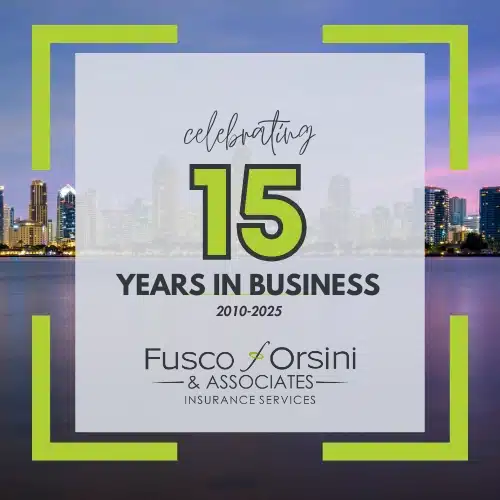



Calling all business owners, HR professionals, risk managers and compliance professionals!
Are you confident in your company’s safety policies and procedures? Do you sometimes think your industry is exempt because you hold office jobs and “the worst thing that can happen is a paper cut”? Does everyone on your staff know what IIPP is?
In our latest episode of The Insurance Haus, we dive into a very important discussion: risk management and safety during a global pandemic. Our hosts, Mike Fusco and Ray Ramirez welcome to the show esteemed guest Steve Thompson, senior vice president of Aspen Risk Management and ERGOhealthy.
First thing’s first…what does Steve do?
Steve evaluates the safety, health and wellbeing of a company’s workforce. Among his key services is a loss analysis, measured via leading and trailing indicators, defined by Steve as:
Trailing indicator:
Looking back 3-5 years at everything going on in an organization. These are things that have already happened.
Leading indicator:
Looking at the “balance sheet” of your organization at the present moment. Things like a safety perception survey or an HR survey about company culture.
When looking at indicators, Steve asks questions like:
Speaking of citations, if you do receive a citation, it will live on the public database for life. This is rarely revealed and something many business owners don’t consider or even realize. This can be devastating for a company, not to mention it can affect your insurance premium.
That being said, it always pays to be prepared!
It’s easy to know what might happen if OSHA comes knocking, but it’s more difficult to know how your employees will respond. For example, if OSHA interviews a random team member and asks them about the company’s safety plan and they don’t explicitly mention IIPP, then that’s a knock.
By truly practicing what you write down in your safety manuals – and creating a culture around safety – you’ll always be a step ahead.
Is my industry under the radar?
Many people associate OSHA will the hospitality and construction industries, but OSHA applies to many more industries than those!
The leading cause of workplace death is driving, so it’s important to think about everyone and anyone driving on the job. That extends to someone running an errand for you – or even your marketing person going to an event.
Do you work in an office? Have you ever thought about covering the cost of carpal tunnel or back surgery? Employee safety considerations are everywhere!
In closing…
We know we’ve asked a lot of questions and we sincerely hope this discussion gets you to dust off your company’s safety plans, especially during a pandemic when safety is paramount. We want you to mitigate risk – and a conversation with Steve is a great place to start.